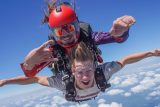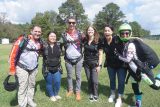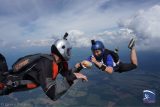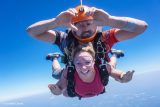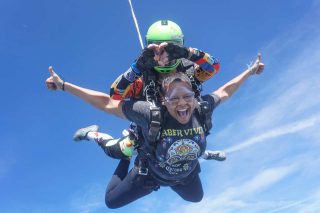How Long Does Skydiving Last
Skydiving
2 years ago
How Long Does Each Part of Skydiving Take?
Skydiving is an exhilarating experience that gives you an adrenaline rush like no other. Whether you’re a first-time jumper or a seasoned skydiver, “how long is skydiving” is a common question. So, how long does skydiving last? The answer depends on a few factors, such as the altitude you jump from and the type of skydive you’re doing. Here’s what you need to know about how long skydiving usually takes.
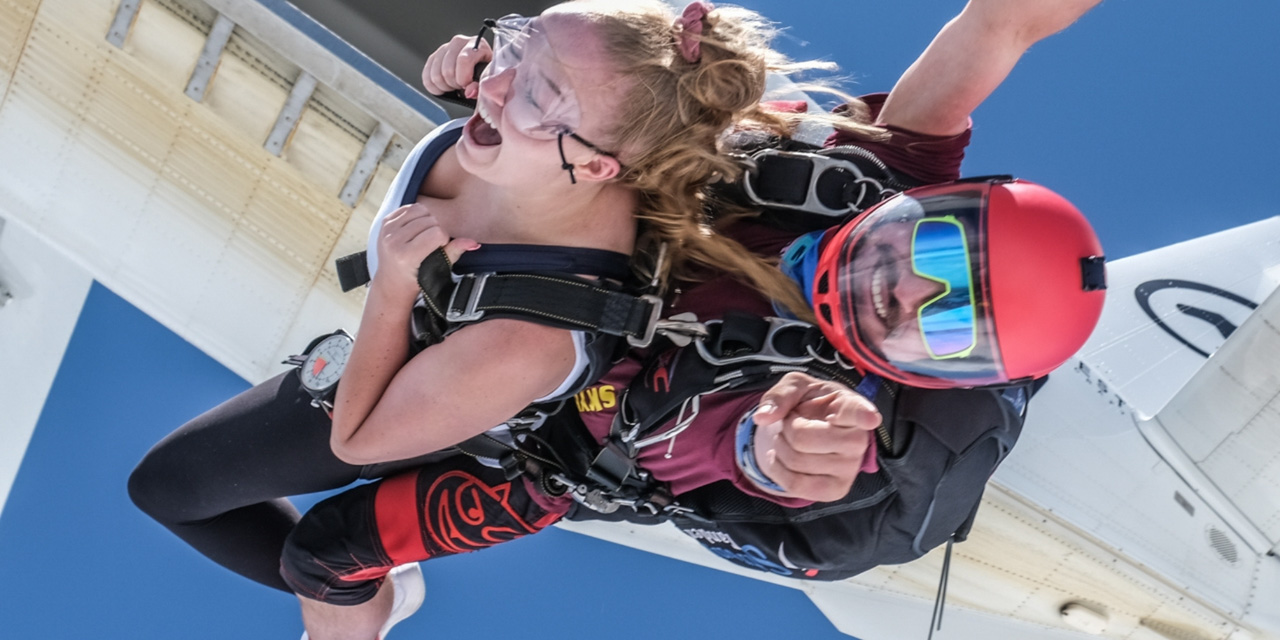
Length of a Tandem Skydive, Explained
The most common type of skydive is a tandem skydive. On a tandem, you’ll jump with an experienced and highly-trained professional who is securely attached to you via a harness. Tandem skydiving, as you may know, is an excellent option for first-time jumpers as it allows you to experience the thrill of skydiving without needing extensive training.
The length of a tandem skydive from a typical altitude of 13,500 feet usually lasts somewhere in the vicinity of five to seven minutes. This duration includes both the freefall and the parachute descent. Getting up to exit altitude – depending on the type of plane you ride into the sky – can take anywhere from seven minutes or so to half an hour.
Freefall Time of a Tandem Skydive
During a tandem skydive, you’ll experience around 60 seconds of freefall. This is calculated from the moment you and your tandem instructor leave the airplane door to the moment the instructor deploys your shared parachute and you settle into your high-flying sitting position.
Make no mistake: folks who have done a tandem skydive report that 60 seconds of freefall is among the most phenomenal 60 seconds of their entire lives. (So, how long do you freefall while skydiving? Kinda forever, considering the super visceral memories you’ll carry with you for the rest of your days!)
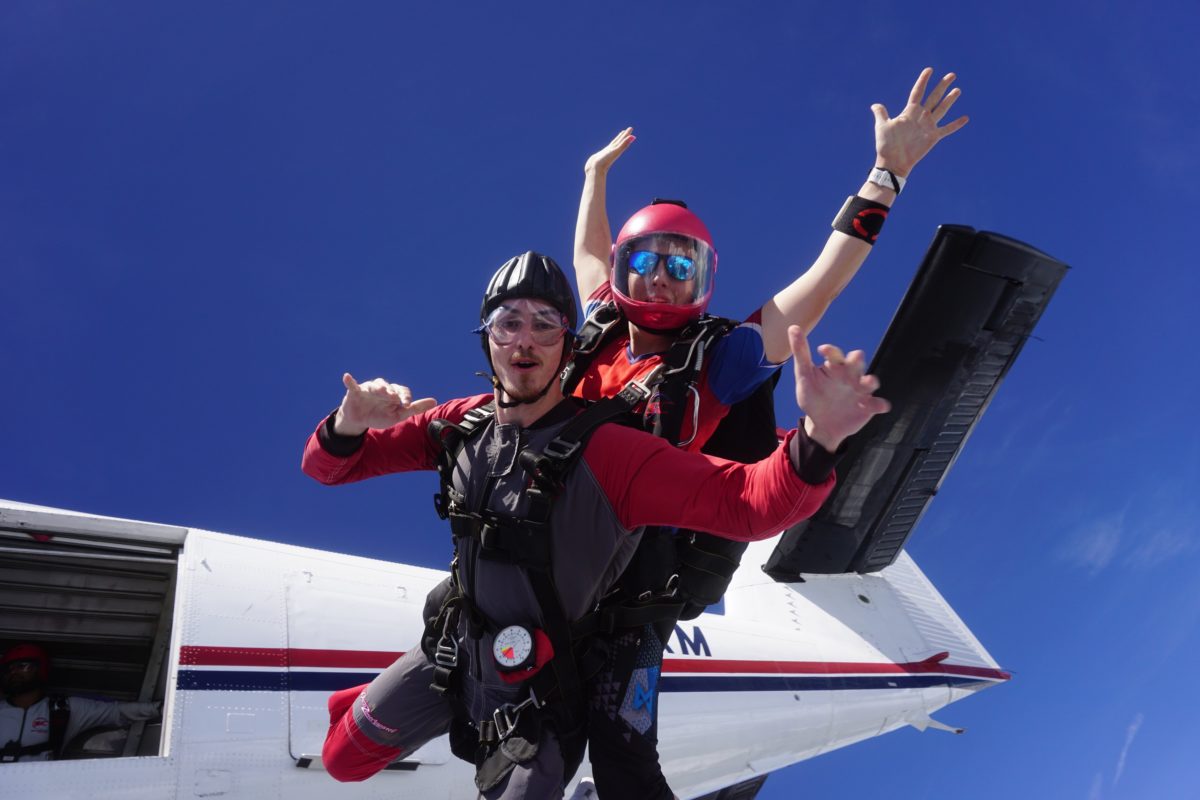
Parachute Flying Time of a Tandem Skydive
Once the parachute is deployed, you and your tandem instructor will start to descend at a much slower rate. How long it takes for the parachute flying portion of the tandem depends on the weather conditions and the size of the parachute, but typically your ride to the landing area lasts around four to six minutes.
During that parachute descent, you will have a chance to take in the beautiful views of the Carolina landscape. You won’t have to sit still for the duration if you’re itching to get involved. Depending on safety-related circumstances, your instructor might even let you steer the parachute. (Squee!)
Freefall Time Differs by Skydiving Type
Here’s a fun fact, freefall time differs across the various skydiving disciplines. Freefall disciplines call for specific body positioning or skydiving gear in order to perform them correctly – and this is because the length of freefall time is predicated on the amount of surface area facing the ground. A skydiver can affect the amount they present by increasing or decreasing the amount of drag they create either with their body or with fabric.
Relative Work
Let’s take belly relative work as an example. In this discipline, skydivers jump in a group and perform various formations and maneuvers during freefall. They use body positioning to determine their rate of fall. The length of freefall time in belly relative work depends on the complexity of the maneuvers and the number of people linked up in the sky, but it usually stays in the range of 45 to 60 seconds.
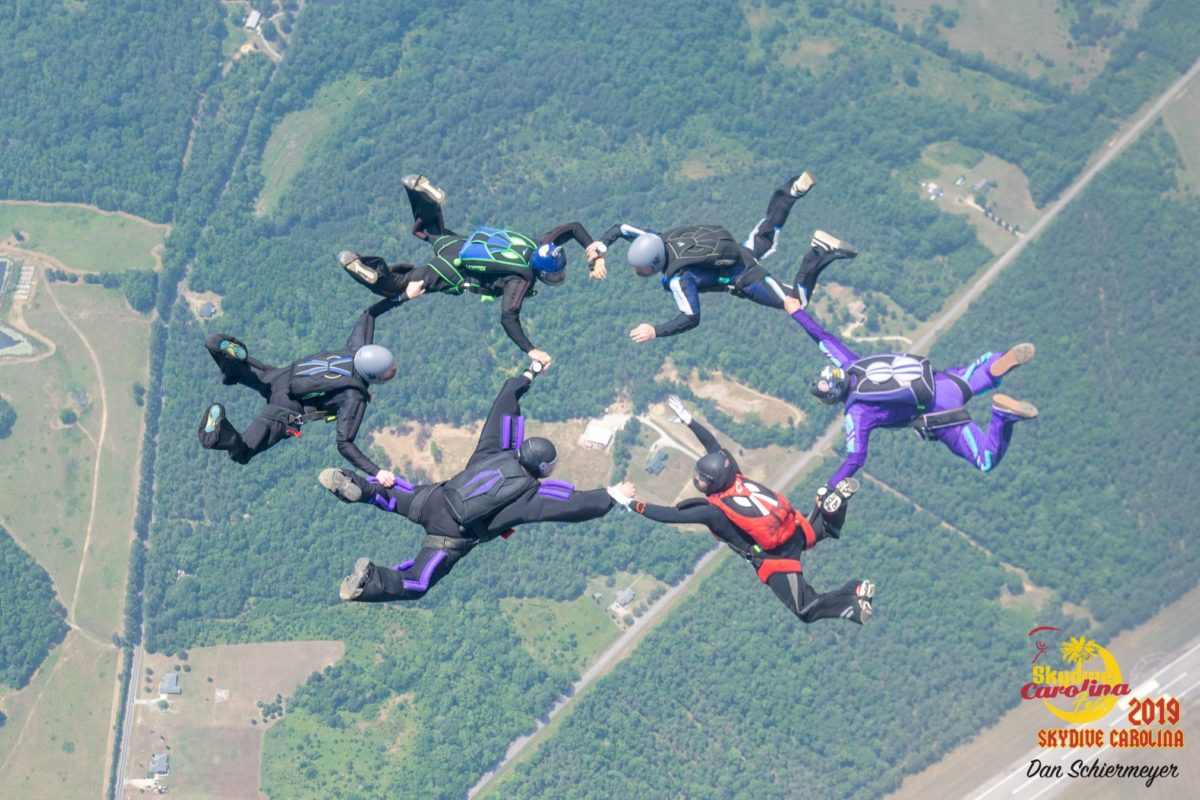
Wingsuiting
Wingsuiting is another discipline that has a different average skydiving freefall time. In this discipline, as you undoubtedly know, skydivers wear a special suit that allows them to glide through the air like a flying squirrel. Fabric attached from the wrist to the hip or ankle and between the legs all the way to the ankles creates a ton of drag, allowing the skydiver to seriously alter their freefall time. In wingsuiting, freefall can last for up to two whole minutes, depending on the altitude jumped from and the type of suit the skydiver is wearing.
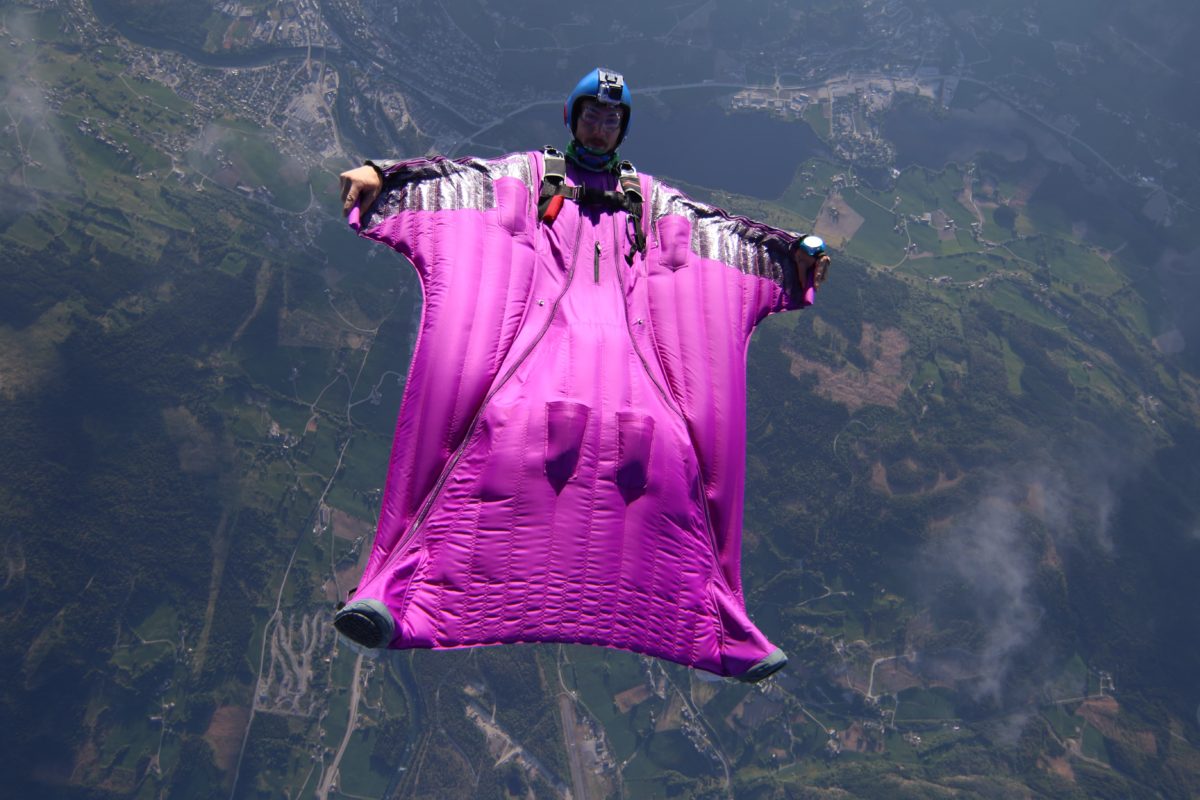
Freeflying
Did you know you can even skydive upside-down – and that such a thing will affect your total freefall time? You can, and it does! This is head-down skydiving, a body position within the discipline of the sport called freeflying. When they go head-down, skydivers orient their bodies in freefall with the top of their head facing, more-or-less, towards the ground, which makes their surface area presented to the wind very minimal. The freefall time for a freefly skydive usually lasts for around 30 to 45 seconds. (You guessed it: This type of skydiving requires advanced training.)
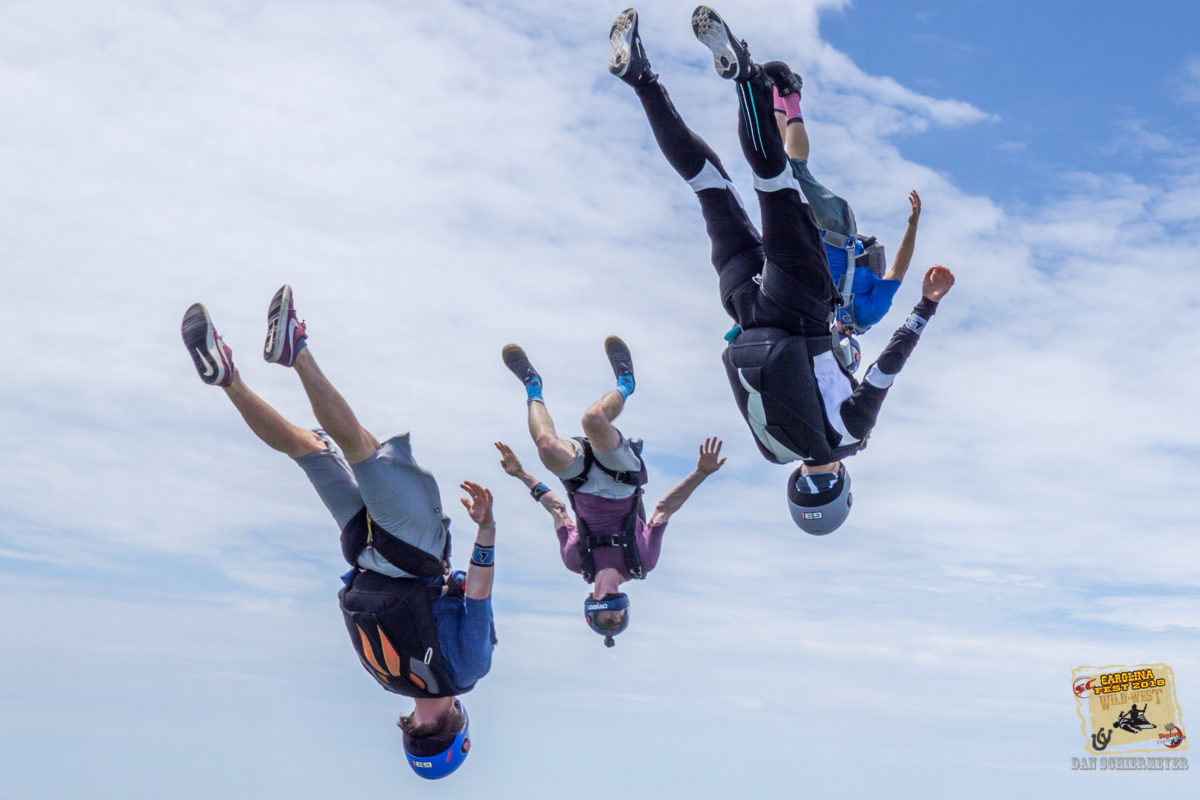
Speed Skydiving
Feel like extending time in freefall is time wasted? Train for speed skydiving! This is a discipline where skydivers put on their most aerodynamic gear and try to achieve the fastest speed possible during freefall. In speed skydiving, the skydiver is aiming for a freefall time of mere seconds, as the skydiver can reach a speed of over 300 miles an hour!! The fastest speed in speed skydiving to date – as approved by the Fédération Aéronautique Internationale (FAI) – is a frightfully zoomy 329.18 mph achieved by Marco Hepp of Germany on October 22, 2022. (Hepp was competing at the 4th FAI World Speed Skydiving Championships in Eloy, Arizona, USA, at the time.)
How Long Will You Keep Yourself In Suspense?
Regardless of the duration, skydiving is an experience you will never forget. The feeling of freefalling through the air makes you feel like someone has pressed a cosmic pause button – it is truly exhilarating – and your memories of the views from above will last a lifetime.
If you’re considering skydiving, go ahead and take the leap! Book your jump today!
